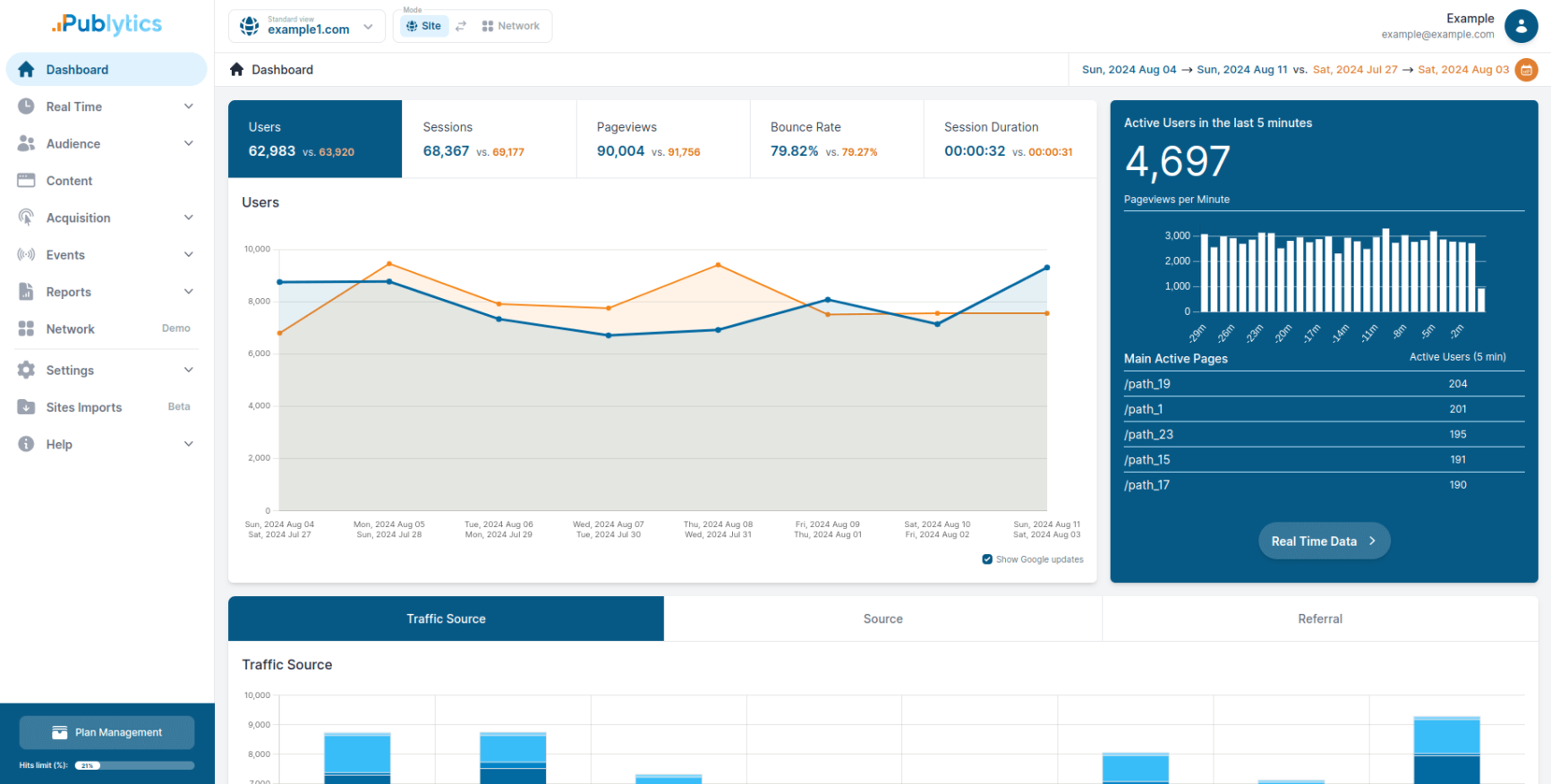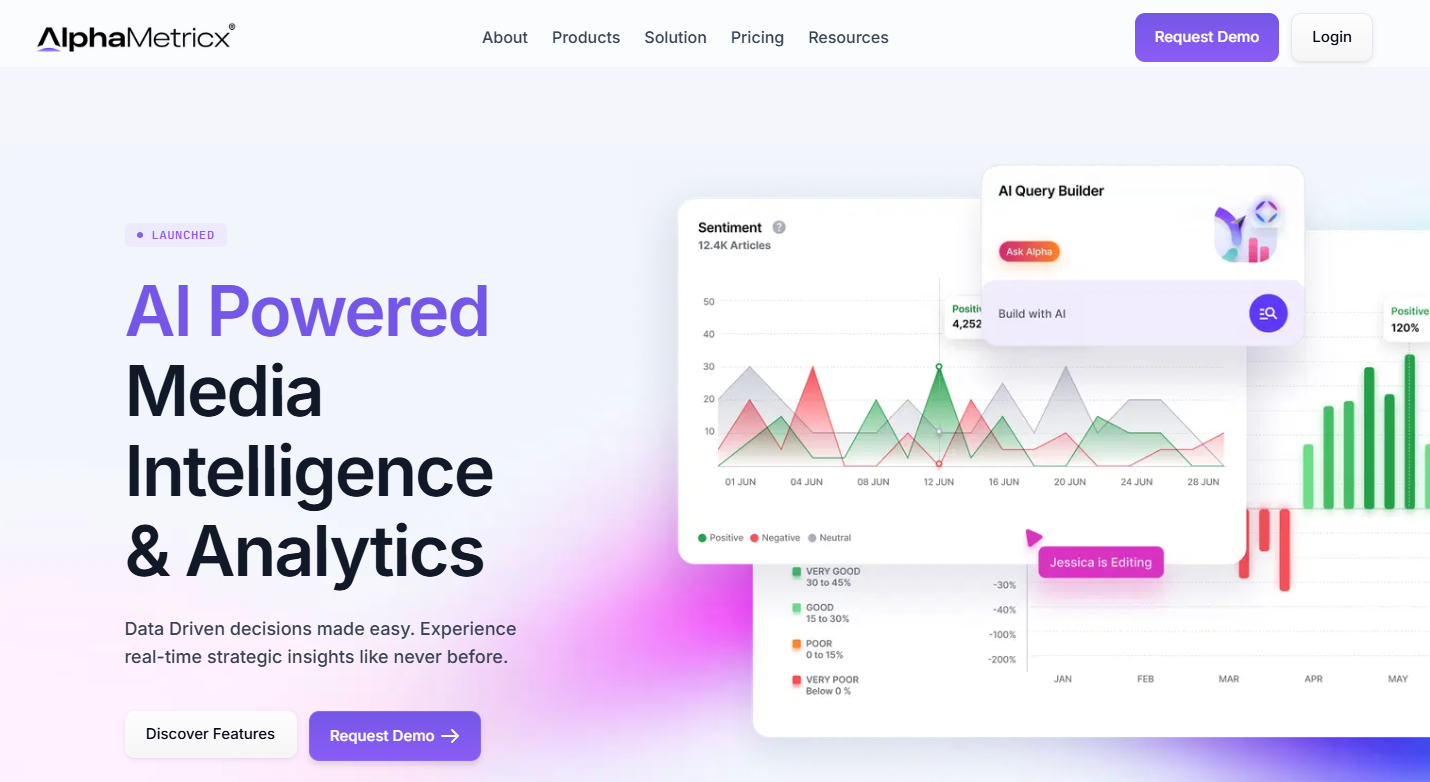As we rolled into 2023, good money was riding on projections that publisher ad revenue would suffer amid rising interest rates and a deepening cost of living crisis. And it seems those bets have started to pay off.
The World Advertising Research Center (WARC) predicted that global ad spend with published media (digital and print newspapers and magazines) would contract by 7.7% year on year to $47.2 billion in 2023, amid a 2.6% increase in total global ad spend to $880.9 billion.
This followed speculation that the global ad market was heading into a “car cash” of a year.
I myself harbored a somewhat pessimistic outlook, backing publisher efforts to trim the fat. Even if publishing ad spend managed to avoid a recession, publishers would still benefit from more money in the bank.
From what I can see — from admittedly limited data on the subject — that “best-case” scenario vis à vis an ad-spend downturn hasn’t materialized. In one review of the first-quarter revenue of six major publishers — The Arena Group, BuzzFeed, IAC, Gannett, News Corp, The New York Times — only The Athena Group saw its ad revenue grow.
Revenue Diversification
The NYT has, however, been busy boosting its subscription offerings, acquiring The Athletic and Wordle as a means to increase its bundle packages’ value proposition. These acquisitions contributed to an increase in subscriber numbers at the end of March quarter, helping to offset the decline in its first-quarter ad revenue.
Larger publishers are aware of the risks associated with a heavy dependence on a single stream of revenue. UK daily The Independent, for example, has been pursuing a three-year agenda of revenue diversification.
These efforts saw the publisher reduce the share of its revenue that came from ads to just 43% in the year September 30, 2022 from 60% in the previous year. It also expects to keep it below 50% in the current 12-month window.
It’s not just larger publishers that are pursuing revenue diversification, however, with smaller outfits also striving to boost reader revenue and sponsorship revenue.
Content from our partners
Reducing Management
Let me stress that I’m not criticizing publishers that rely heavily on advertising. It’s easy to see the advantages of the business model, especially when considering what programmatic advertising brings to the table.
What I am saying is that publishers need to think long-term about their monetization strategies and how they can reduce their risk profiles. Hell, even in the short term there are steps that ad-focused publishers can take to maximize their revenue.
While predicting the future may be a mug’s game, as the author said: “it’s a game we all have to play”. Risk management is part of that game and, for those that are yet to begin, there’s no better time than the present.










